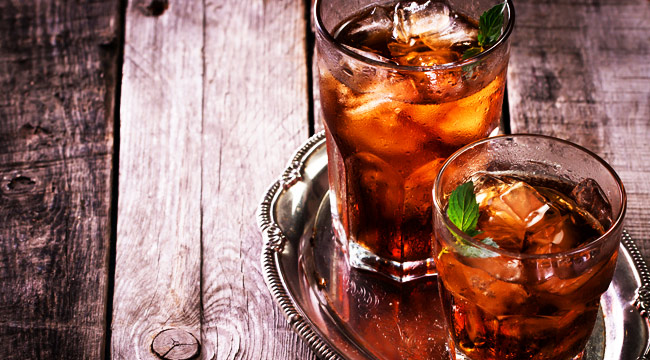
The last ten years have been all about whiskey. The aged spirit made a roaring comeback thanks, in large part, to Matthew Weiner’s hit series Mad Men. Distilleries have popped up all over the nation as America’s signature drink re-found its place on every bar shelf around the country.
And, you know what? That’s great. American whiskeys — bourbons, ryes, blends — are a fantastic representation of the whiskey oeuvre. But as long as we’re re-embracing dark liquor, maybe it’s finally time to bring back America’s true national spirit: Rum.
Some of you are probably thinking, “but there’s nothing more American than whiskey.” Not true, friends. America was rum country for nearly two centuries before whiskey came to real prominence. Plus, there’s a good argument that American independence is directly tied to our love of the sweet brown stuff, literally.
So, let’s dive into rum, how it’s the quintessential American drink, and what bottles you should be looking for right now.
The Early Days of Rum
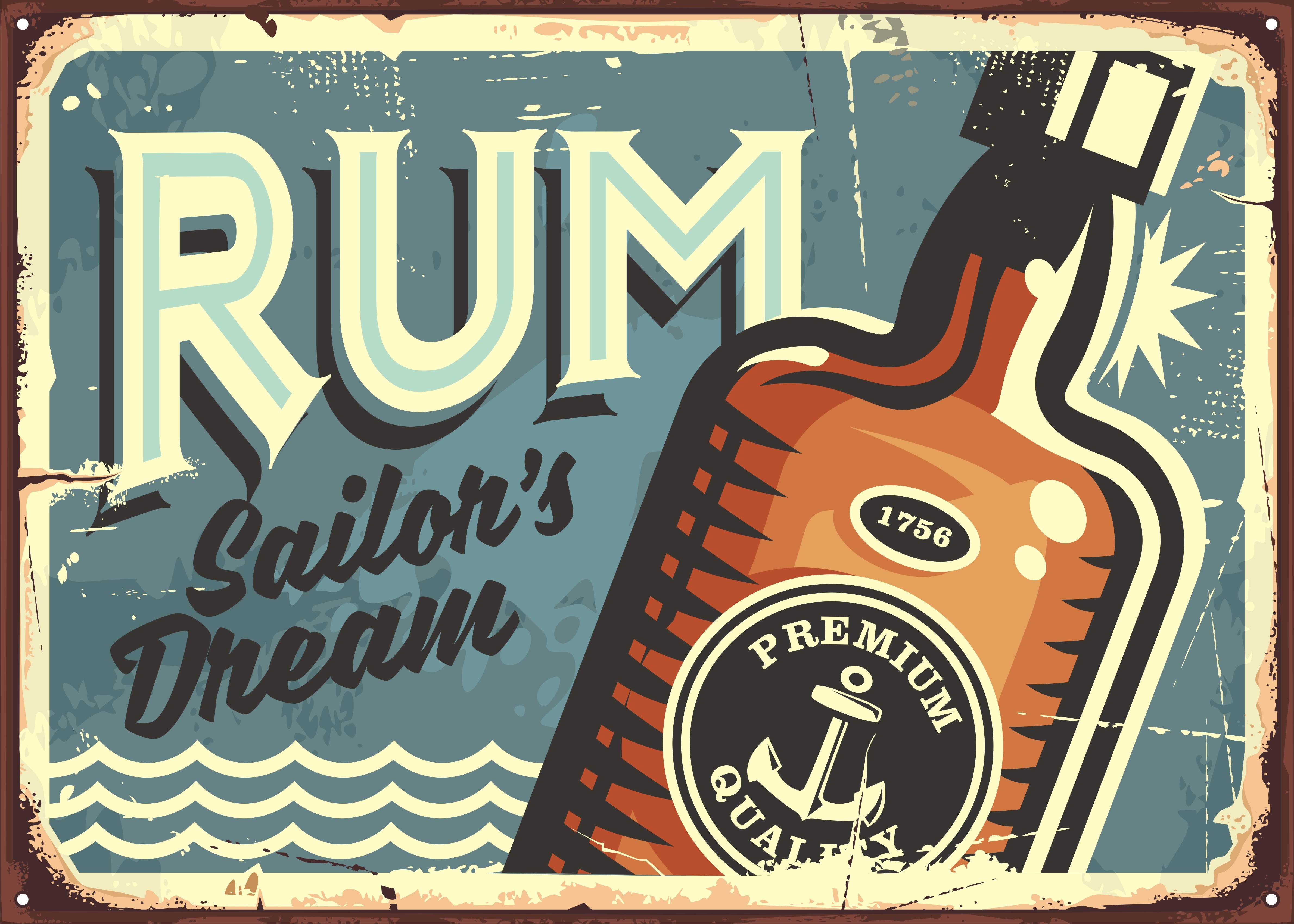
Before you start buying cases of American rum and chanting U-S-A, U-S-A, U-S-A with your newly found national pride in all things rum, we have to point out that American colonial rum has a very dark history, much like most of American history. Let’s also be clear: There’s no singular moment when “rum” came into being. The Malay people were distilling and drinking sugar spirits called “brum” thousands of years ago. Marco Polo even talks about drinking a sort of “wine of sugar” while traversing Iran in the late 1200s.
So, humanity has been distilling and getting lit on a type of rum, one way or another, for millennia.
The rum we think of today does have a point of conception, though. It was born in the Caribbean due to slavery. Slaves were allowed to use the waste of the sugar manufacturing industry of the late 1500s — in short, molasses. The slaves then turned that molasses into rum as a sort of analgesic for the pain of everyday life. Once the slave owners realized that it tasted good, they stole it for themselves (par for the course, when you’re talking colonial history).
In one of the most ironic twists of fate ever, rum became beloved in the European colonies so much so that it drove and massively amplified the slave trade. In what was called “Triangular Trade,” slaves would be transported to the North and South American colonies to grow and process sugar cane (and other agricultural products), those raw materials would be shipped to Britain and Europe and turned into rum, textiles, and other goods which would then be sent to West Africa to trade for more slaves.
Around and around that horrific trade went for nearly three centuries.
As more and more British colonialists flooded into the American colonies in the latter half of the 1600s, they brought rum distilling with them. It’s believed — though it may be a myth — that the first rum distillery in America opened on Staten Island in 1664. It is known however that there definitely was a rum distillery in Boston by 1667 and 100 years later there were 50 rum distilleries in Boston alone.
This kinda pissed off the British back home. One, the colonialist were taking a cut off the top and, thereby, lowering the amount of rum they could produce in England to then trade for slaves in West Africa. So, in 1733, the British levied the first tariff on the molasses trade against the colonies, The Molasses Act. At the end of the day, American colonists found a way to avoid the tariff though. The new American rum distillers simply stopped buying their molasses from French, Dutch, or Spanish Caribbean colonies and only bought from British ones, to avoid the dreaded Molasses Act tariffs.
In the meantime, rum became the drink of the colonies. On average, every man, woman, and child in the American colonies were drinking three imperial gallons of rum yearly by the 1750s. That’s 461 US ounces, or 1.25 ounces (a shot) a day. Given that little kids and babies probably (mostly) weren’t drinking a shot a day and there were plenty of Puritan teetotalers, that’s a lot of rum being guzzled by the majority of adults. Rum was so big that it was the biggest industry in the American colonies leading up to the American Revolution. Rhode Island rum was so popular that it was used in place of gold as currency.
Let that one sink in. The biggest industry in America as our fight for independence neared wasn’t timber, or cotton, or whiskey, or guns. It was rum.
Then 1764 happened. This is the year the American Revenue Act was passed by the British Parliament to basically punish the Americans for avoiding the molasses tax of 1733 and skimming huge amounts of raw materials from the British West Indies without paying a tariff on them — molasses for rum being the biggest one. Case in point, the act was popularly called The Sugar Act. And from it was born the rallying cry that would drive the American Revolution: “No taxation without representation.” It boiled down to, “Don’t tax our molasses because we love rum, damn it!” War ensued.
How Whiskey Killed Rum in America
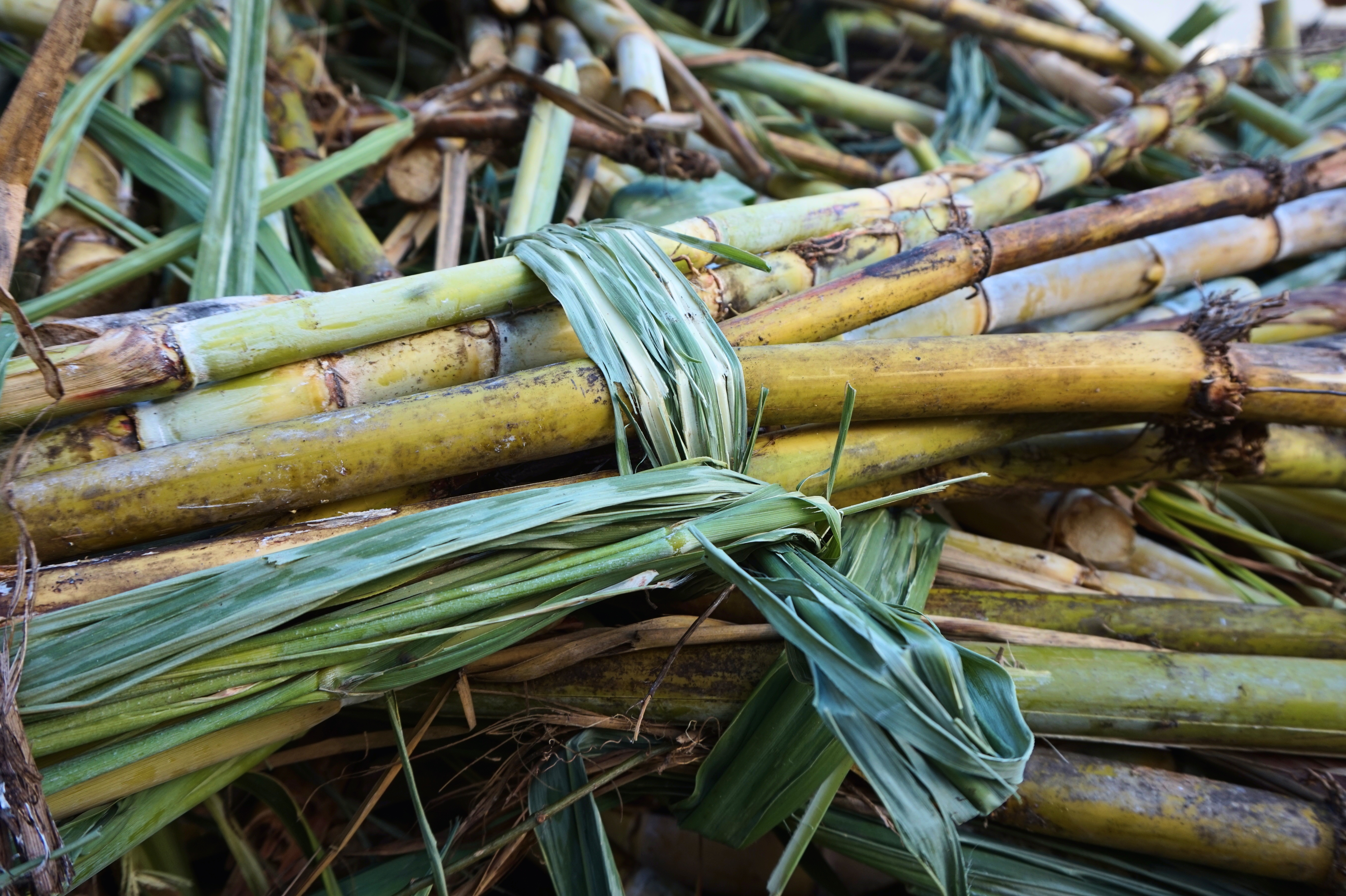
After the American Revolution was settled, rum maintained a huge role in American culture. George Washington famously insisted that a barrel of rum be on hand to give out to everyone at his inauguration in 1789. This started a tradition of rum being a campaign tactic for politicians across the newly formed states. Senators would win or lose by how much rum they let voters drink at campaign rallies. It got to a point where candidates would simply open barrels of rum and let the voters self-serve themselves into a stupor. Whoever served the most won.
Then the tides started to turn against rum, as real tariffs started being implemented against the import of British West Indies molasses to America. Basically, America had been cut off from its supply of cheap molasses. The British lost the war and they were not shy about enforcing a tax on trade, especially to the defiant former colonies.
By the end of the War of 1812, there was a 20 percent tariff on all imported rum molasses coming from the British Caribbean plus a $20 port tax (that’s about $350 in today’s money). It was a huge blow to the production of rum in America.
As the 1820s turned into the 1830s rum simply became too expensive to produce locally or even import. At the same time, nativist American politicians wanted to excoriate all things British from the American experience and whiskey was heralded as the true American spirit since it was made with pure American grains like maize, rye, barley, and wheat. No trade tariffs were necessary for the production of whiskey after all. In fact, from 1817 until 1862 American whiskey distillers operated tax-free, making their product more affordable than rum could ever be.
As a result, American rum died out almost completely by the 1900s.
The Comeback
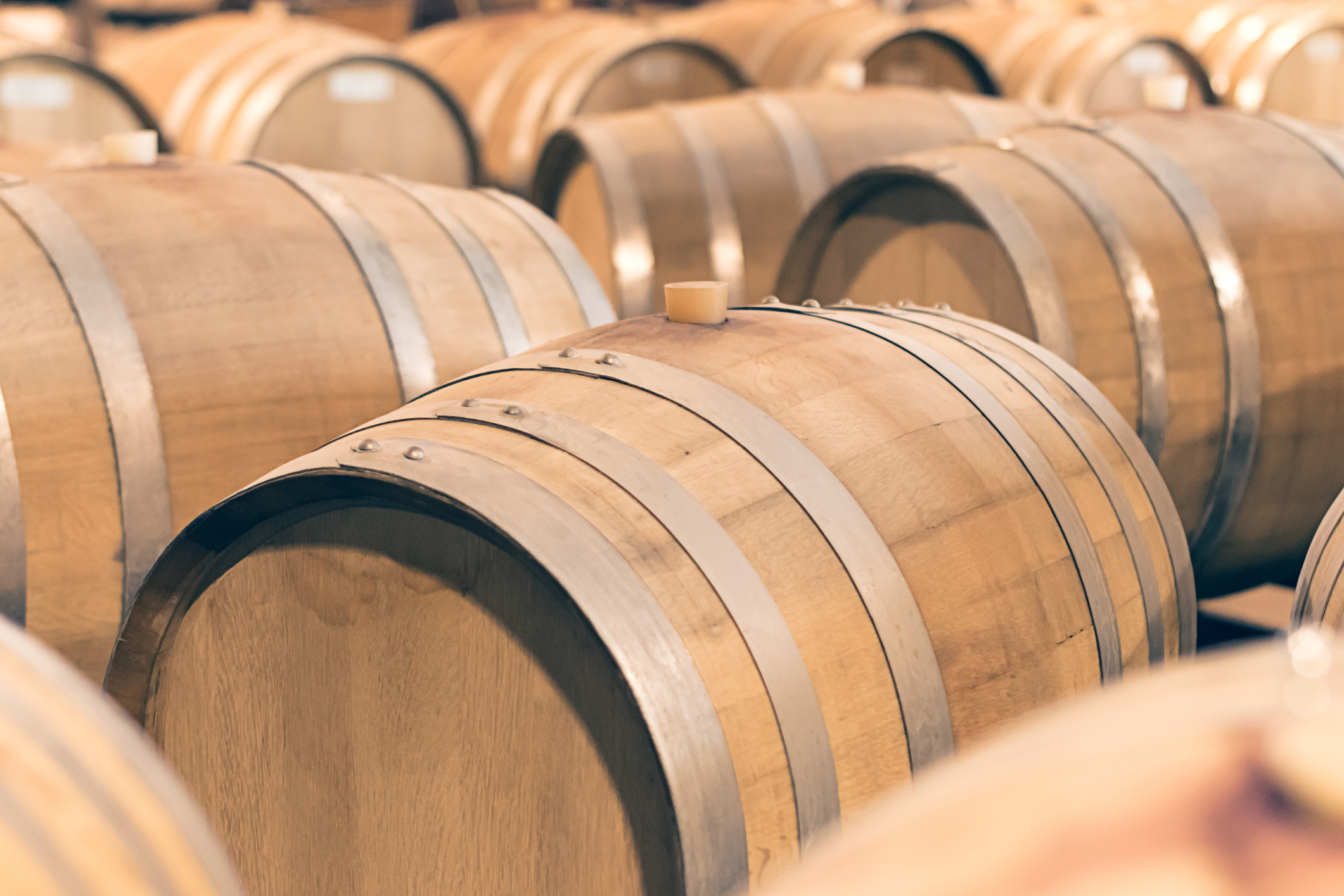
We love a comeback story in America. Rum is the next decade’s comeback kid we all need. The history of American rum is only starting to make its way into the national conscious and people are paying attention. Rum distilleries are opening again. Bartenders are buzzing over the spirit.
Ironically, it was American whiskey that killed rum and it’s American whiskey that’s helped bring it back. Through our obsession with whiskey, we’ve opened up our minds and palates to the idea of dark, aged spirits (again). That means rum is the natural progression of that re-examination.
Rum, like whiskey, is best when it’s aged. Like whiskey, there are about as many ways to age rum as there are ways to drink it. Newly opened distilleries are experimenting with staves from trees from all over the world, barrels from every type of booze out there, and some are even sinking their barrels deep in the ocean while aging. What we’re saying is that if you love nerding out over whiskey then rum is the next step in that journey.
Well-aged rum has a lot of taste parallels to a great aged whiskey. There’s an oaky vanilla essence that’s often floral. The more rums age, the spicier they get, similarly to ryes. Where corn-fueled bourbon falls a little short in the sweetness department, cane-fueled rum picks it up and adds that creamy sweetness. The complexity, uniqueness, and wonderfully tipsy aspects are all there.
A Few Bottles to Try
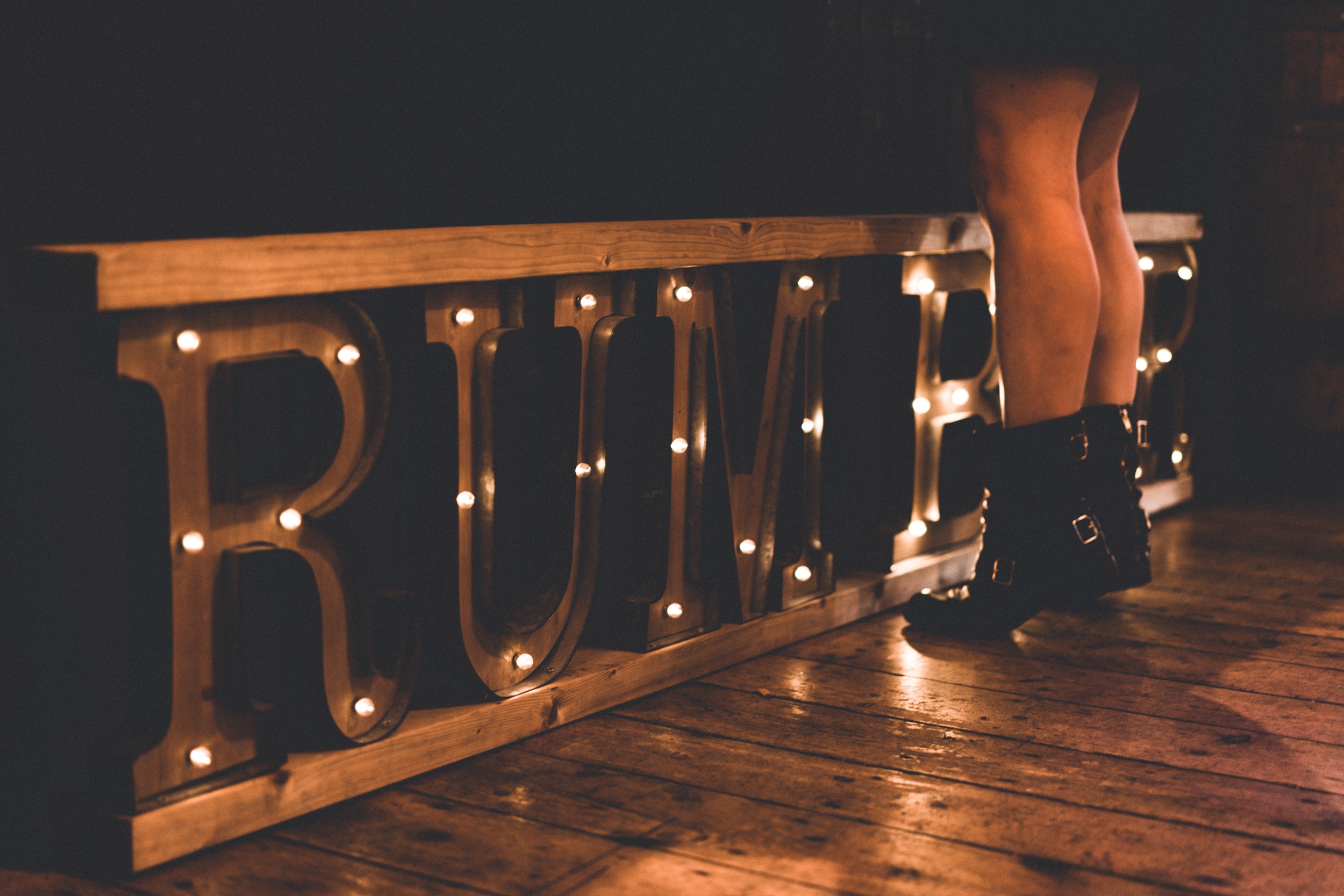
There are now rum distillers in 23 of the 50 states and that number is growing every year. Today South Carolina and Massachusetts lead the pack of rum distillers bringing back America’s first spirit. These five bottles are a great place to start your journey on the path to all things America rum. Cheers!
OWNEY’S — New York
Owney’s, part of the Noble Experiment, was the first distillery to bring rum distilling back to New York City in over 100 years. Owney’s Rum is a sugar-forward spirit that combines molasses, yeasts, and NYC water into a truly unique and delicious rum that feels new and classic at the same time.
RICHLAND SINGLE ESTATE OLD GEORGIA — Georgia
Richland’s rum is a single estate masterpiece. That means that every aspect of the rum — from the water to the molasses — comes from the same place. They sustainably grow their own sugar cane on site. The rum produced is a subtle and creamy delight that will help you fall in love with well-aged American rum.
BAYOU SELECT — Louisiana
Bayou’s Select Aged Rum is sold as the rum for bourbon drinkers. It’s aged for four years according to the Spanish ‘Solera’ method of layering the barrels on their side and stacking them in pyramids. The rum has a definite whiskey edge with nice hints of oak, vanilla, spice, and a pure sweetness from the locally sourced Louisiana cane.
PRIVATEER NAVY YARD RUM — Massachusetts
Privateer’s Navy Yard Rum turns molasses and yeast into a high-proof spirit through double distillation and then ages the rum in charred new American oak. The end result is a rum that takes you straight to the docks with a hint of brine under all the sweetness, spice, and all the bite you come to expect in a great rum. This one’s a true classic.
STRIPED RUM — South Carolina
Striped Pig Distillery in Charleston is one of the city’s best craft distillers. Their rum is a great example of their distilling prowess. The white rum has clear notes of vanilla and sweet butterscotch that work wonderfully for a sip or mixed into a cocktail.






